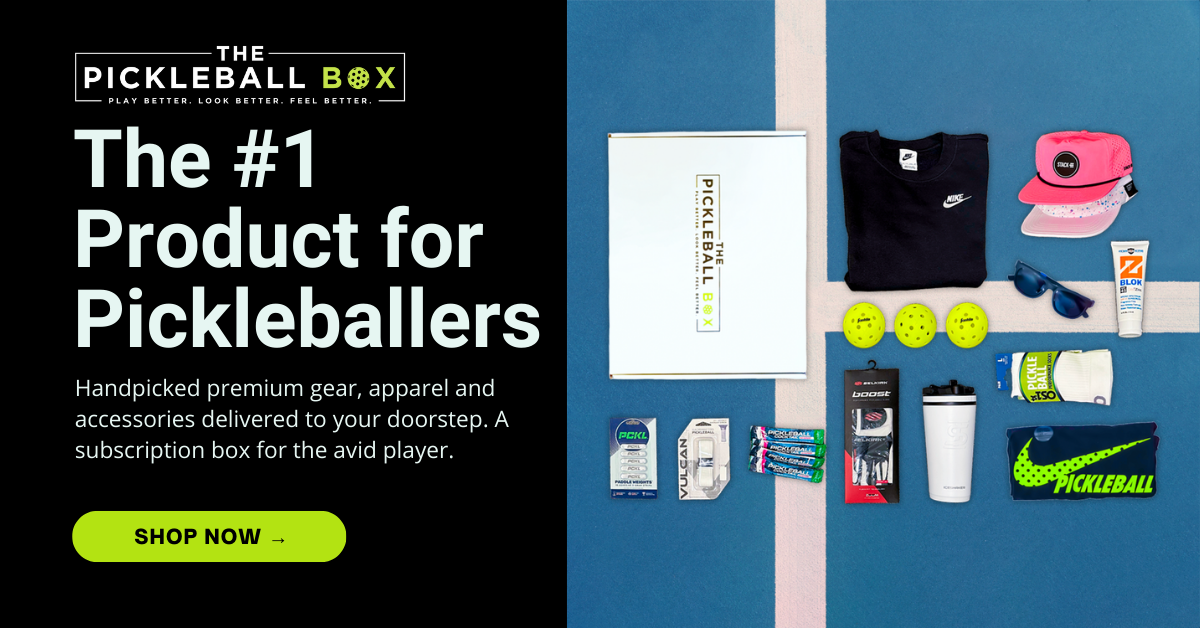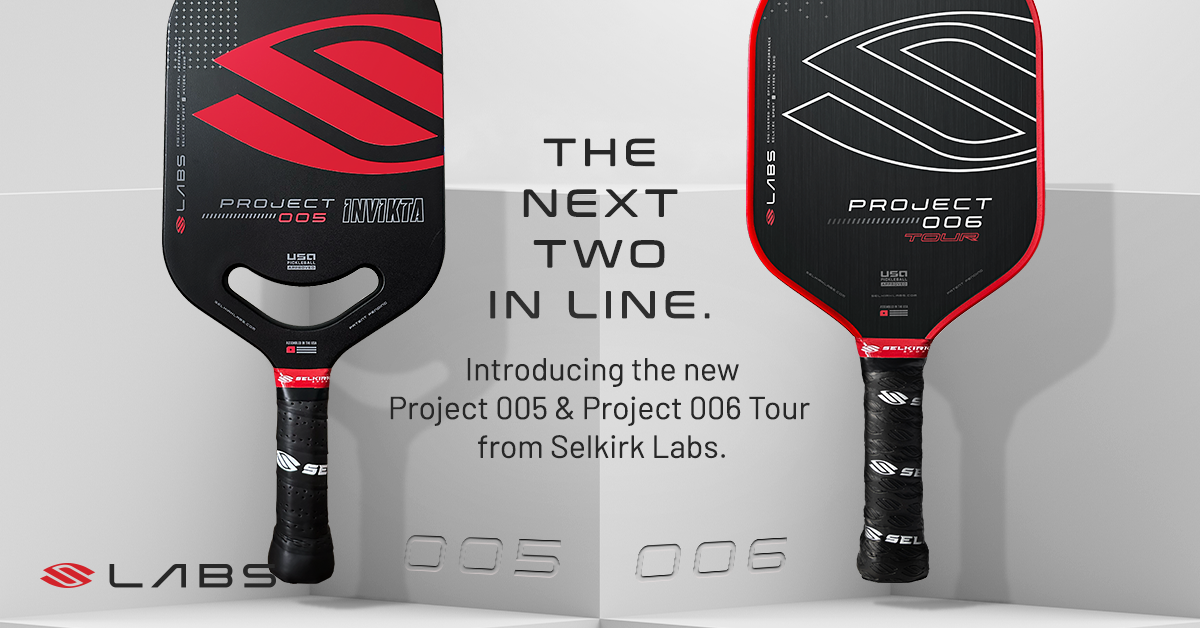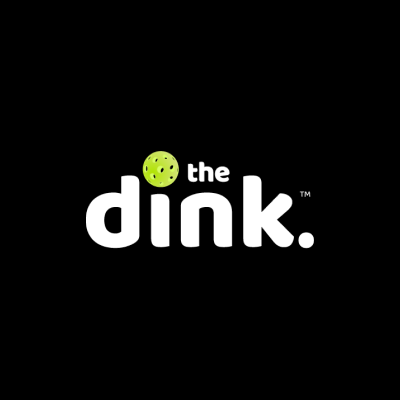
The third shot drop carries a lot of weight in the game of pickleball. It’s the key to neutralizing the returning team’s advantage and advancing towards the NVZ.
If you're an avid reader of the Dink, chances are that you know how to execute a 3rd shot drop. In a new video, John Cincola explains the variations of drops that he uses and the logic behind his shot selection and placement.
- Flat Drop
This is the basic drop that focuses on two variables, power and height. Fine-tune on hard you push through the ball and the angle of your paddle face to get consistent with the flat drop. - Top Spin Drop
The top spin drop adds the risk of making a mistake but also adds the reward of challenging your opponent. To execute: Square up the face of your paddle and brush up the backside of the ball. Cincola likes to use the topspin drop when aiming down the line. - Under Spin Drop aka Slice Drop
For the underspin drop, the paddle face opens up to roughly a 45-degree angle. Because the paddle face is open, the swing can follow a level path instead of swinging up. As opposed to the top spin drop, Cincola prefers to use under spin when going cross-court.

Where to hit your third?
Cincola also provides a hierarchy for where to hit your thirds.
1. Confidence trumps strategy. If you have a favorite location to hit your drops that gives you confidence and consistency, then hit it there.
2. Choose your spot. When confident hitting to any location, target the player that is less of a threat on the fourth. Avoid erne threats and forehands that can reach into the kitchen if possible.

- Cross Court. Aiming cross-court might seem arbitrary but it builds in a number of advantages.
First, there is more margin for error when aiming cross-court. There is more safe space to land the ball by using the width of the court to your advantage.
Second, the ball is crossing over the lowest part of the net. Instead of sending the ball straight ahead where the net is highest, send it cross-court where those close shots still make it over the net.
Third, less erne threat. There is less chance your opponent can hit and erne on a ball that is coming cross-court.
Fourth, and the most interesting bit is the increased opportunity for your partner to protect you in transition. The player not hitting the third can release up to the NVZ while the third is being hit.
By hitting the drop cross-court you make it easier for them get involved in the point. The ball is closer to them if they want to poach and has to cross in front of them at an angle in order to reach you.
If you're playing the right side, that means a ball that was targeted at your left foot can now be easily intercepted by your parter. That is playing smarter, not harder.
For pickleball tips delivered directly to your inbox 3x a week subscribe to The Dink Newsletter.

Love Pickleball? Join 100k+ readers for free weekly tips, news & gear deals.
Subscribe to The DinkGet 15% off pickleball gear at Midwest Raquet Sports









